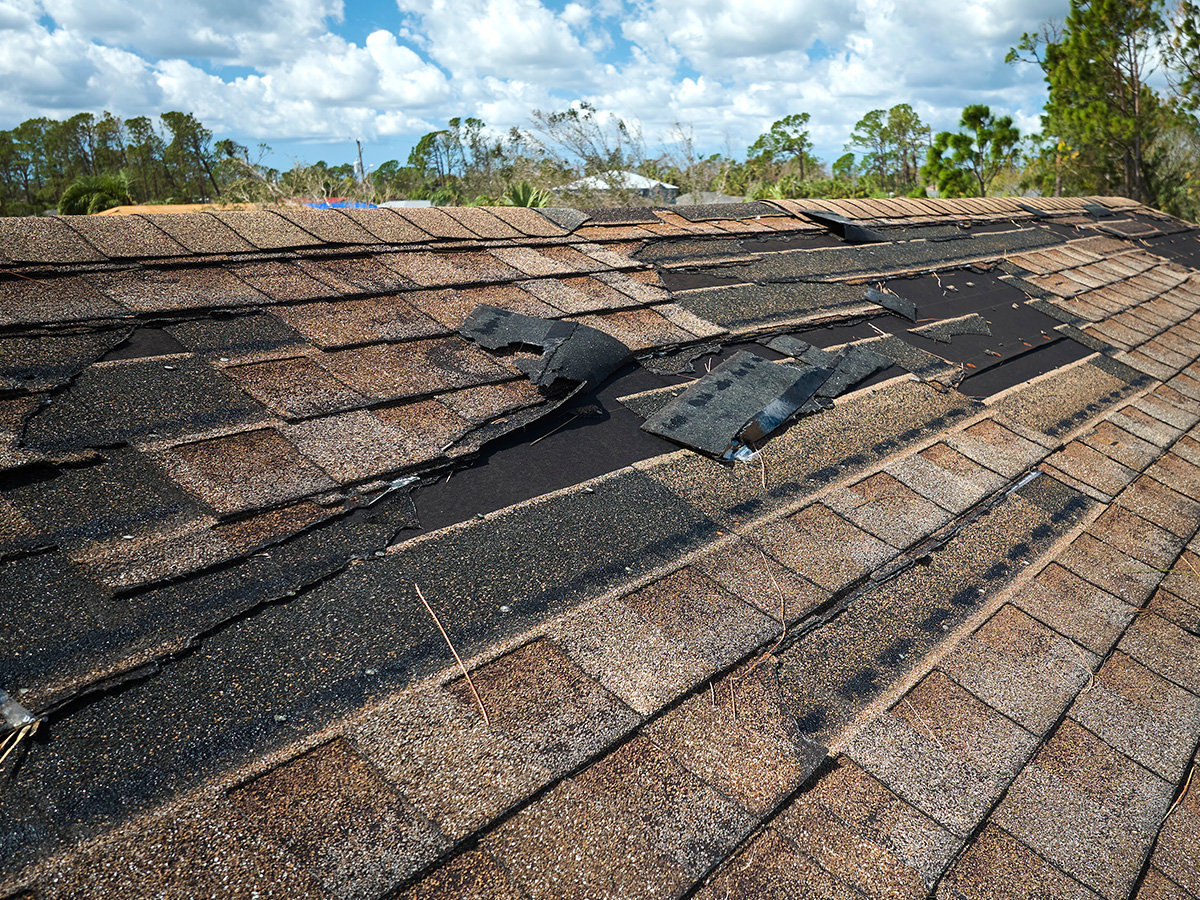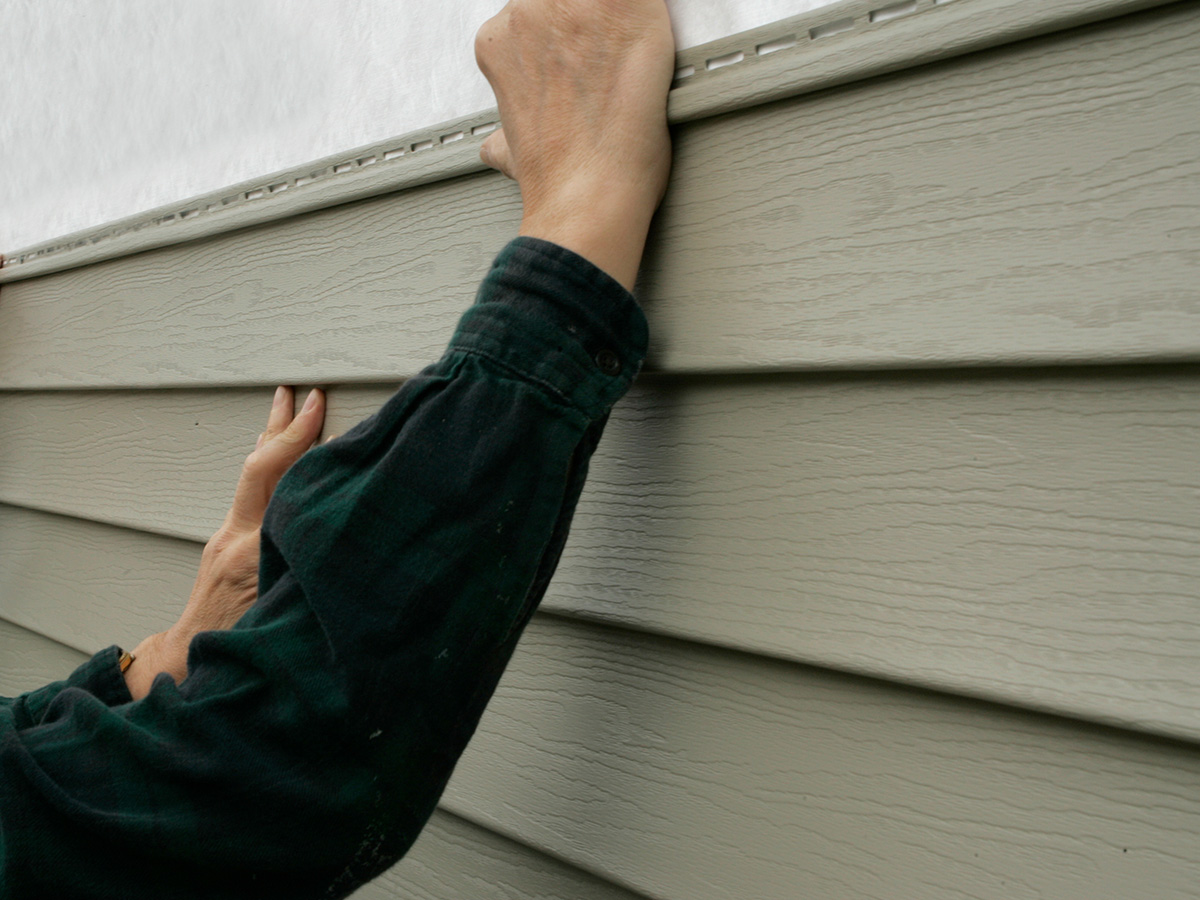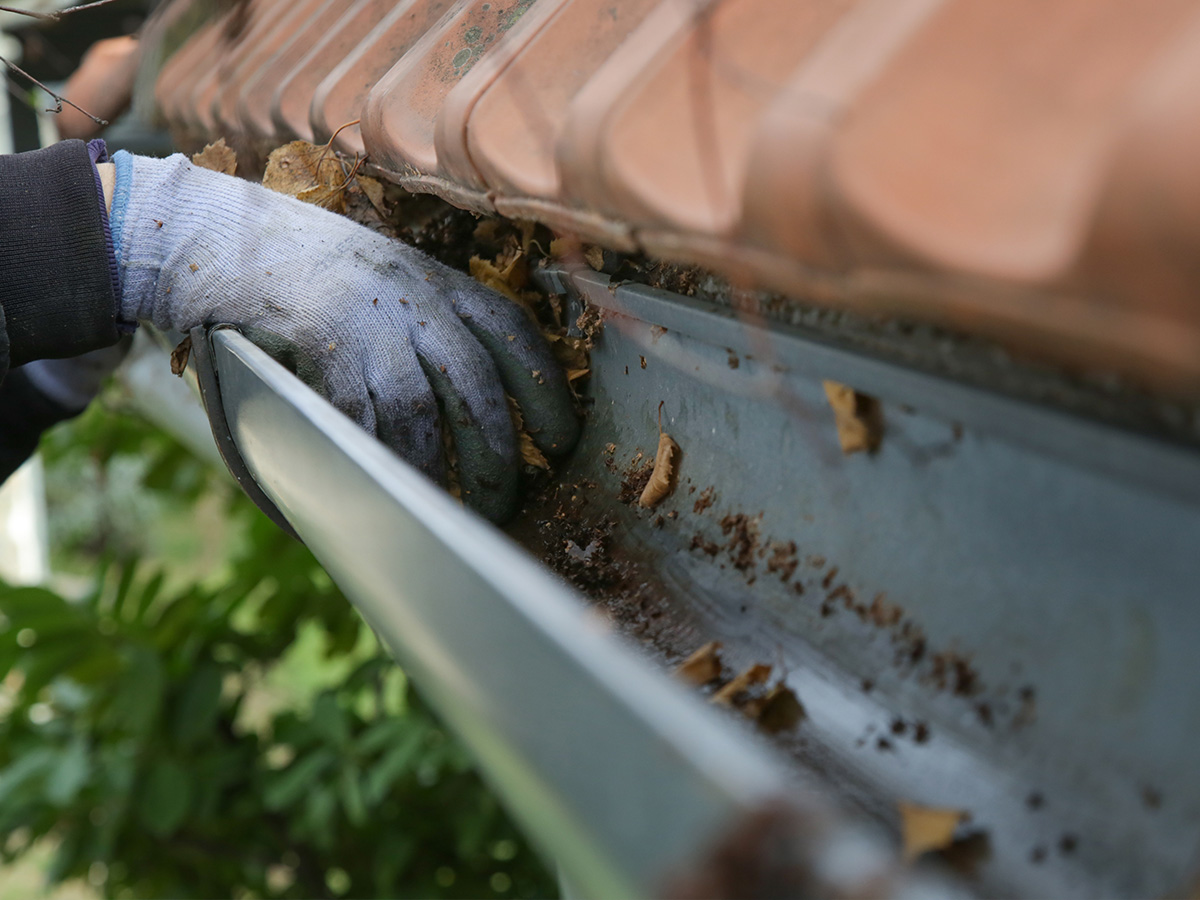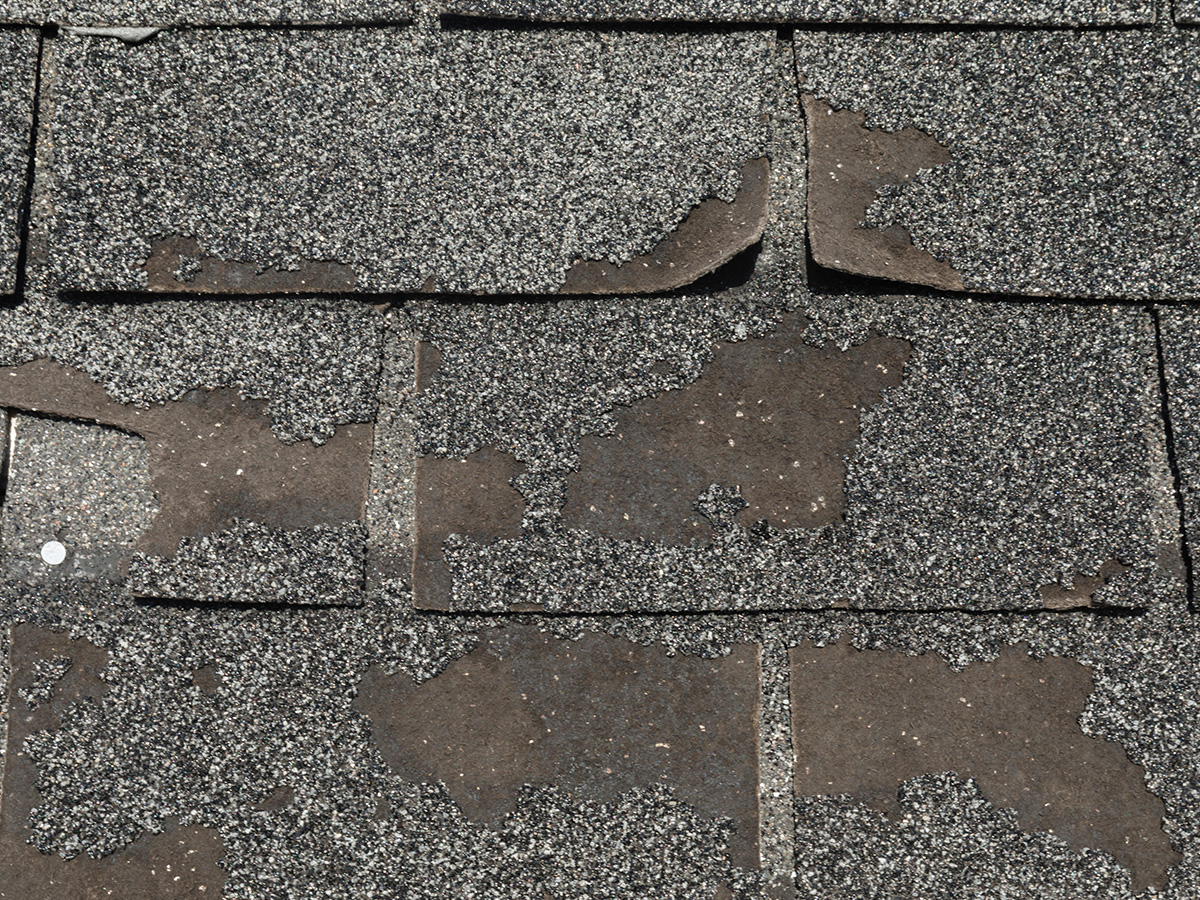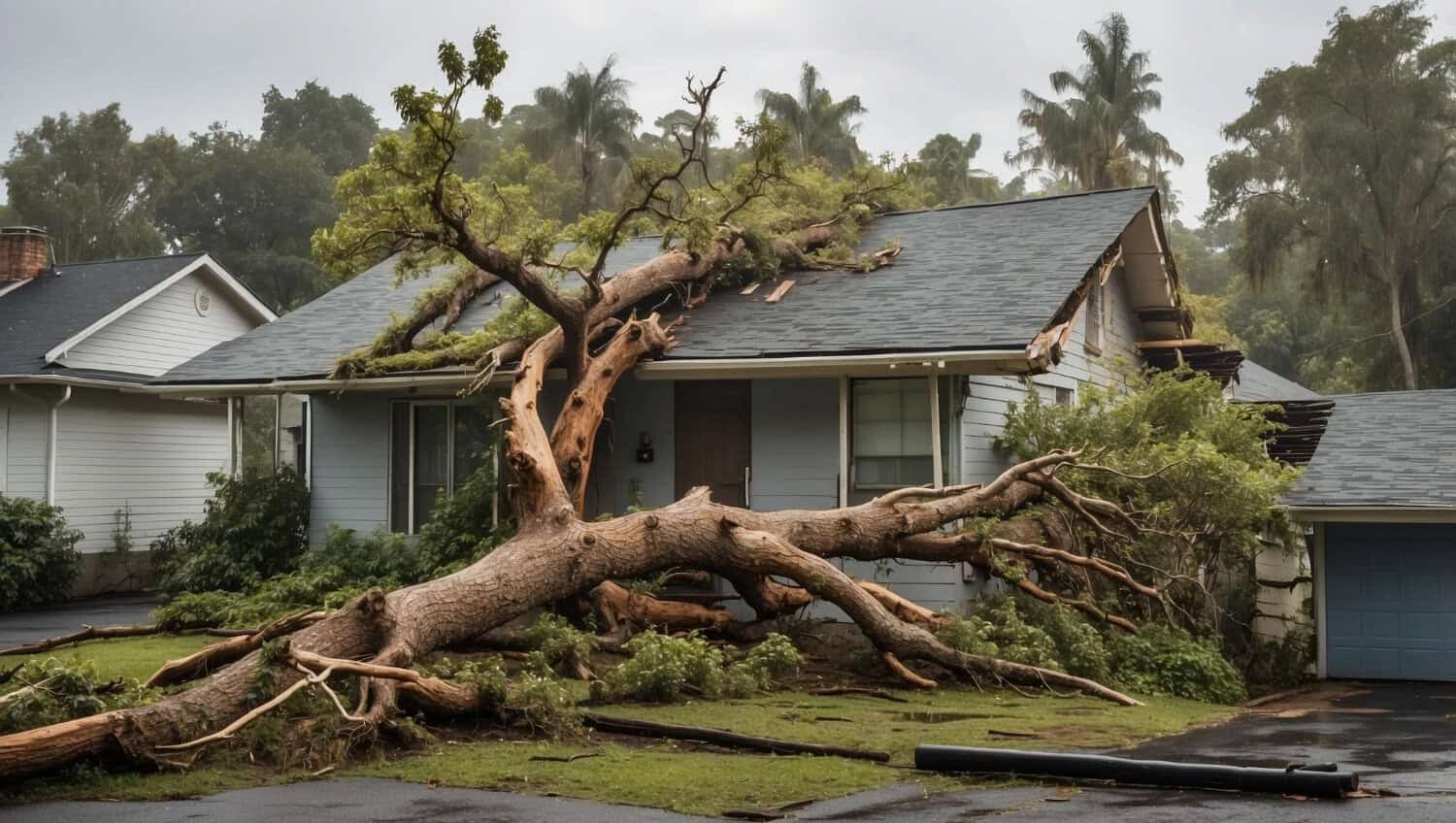Have you ever looked up at your roof and noticed dark streaks running down the shingles? You’re not alone. Many homeowners spot these streaks and assume they’re just dirt or signs of aging, but they’re usually something else entirely. Most of the time, those black marks are made by a type of algae that may look harmless but can indicate deeper roofing concerns.
These streaks can show up slowly over time and are especially common in warmer months when humidity builds. They often appear on the north side of a roof or in areas shaded by trees. A roof with black streaks may still keep the rain out, but leaving them unaddressed for too long can lead to bigger problems. Let’s break down what these streaks really mean and why they shouldn’t be ignored.
What Causes Black Streaks on Roofs?
The main reason dark streaks form on roofs is a type of airborne algae called Gloeocapsa magma. This algae feeds off the limestone filler found in many asphalt shingles. Once it lands and sticks, usually on the cooler, shaded parts of a roof, it begins to spread. It shows up as dark streaks and patches that slowly grow until they’re hard to miss.
Algae thrive in warm, damp conditions, which makes roofs an ideal surface during hot summers or rainy stretches. Shingles that retain moisture or don’t get regular sunlight are more likely to develop algae. The facing of the house, nearby trees that block light, or even poor attic ventilation can create the conditions for algae to take hold.
While algae is the most common cause, black streaks can also come from:
– Mold and mildew, especially if the roof has poor ventilation
– Tree sap or debris that stains the shingles over time
– Pollutants, dust, or grime that collect and darken the surface
– Water runoff patterns that carry airborne material in the same direction
These streaks might not destroy your roof overnight, but they do make it look older than it is. Over time, the algae and other grime wear down the surface of the shingles. This can weaken the materials and break down protective coatings that are meant to reflect sunlight and repel moisture. That means your home could heat up faster in the summer or hold onto dampness for longer after storms.
If you’ve been thinking those streaks are just a cosmetic issue, it may be time to take a closer look. Especially if the black marks are spreading or getting darker, it can be an early warning sign that your roof needs some care before it leads to more serious roof repair.
Potential Damage from Black Streaks
Black streaks on shingles might look like a light stain at first, but they have the potential to wear down your roof more than you’d expect. Left untreated, what starts as a minor eyesore could lead to real damage.
Here’s what black streaks can do over time:
1. Weaken Shingles
Algae slowly breaks down the grains on your shingles. These tiny particles are key to reflecting the sun and keeping out water. As algae spreads, the shingles lose that protection and become weaker.
2. Trap Moisture
Algae holds moisture on the surface. After rain, a shady section of your roof might stay damp longer than it should. That gives mold a chance to form, which can creep below the shingles into the underlayment or roof deck.
3. Reduce Energy Efficiency
Shingles are designed to reflect heat. When algae and grime take over, they dull that layer. That causes your home to hold onto heat, especially in the middle of summer, leading to warmer interior temps and extra pressure on the HVAC system.
4. Shorten Roof Lifespan
All the effects above add up. Over time, the shingles wear down faster, crack, or curl up. Eventually, this can leave parts of your roof exposed to leaks and increase the chances you’ll need roof repair far sooner than planned.
Let’s say your home gets just a few streaks in one area. That corner might not seem like a big deal. But if water starts leaking beneath even one weakened tile, the damage can grow below the surface. Mold, wood rot, and insulation problems can develop before you even see water inside your home.
Keeping black streaks under control isn’t about vanity. It’s about stopping small problems before they turn into major roof repair jobs. Regular inspections and knowing what to watch for can save you money and stress down the road.
How to Prevent Black Streaks
Once black streaks develop, they tend to stick around unless you deal with the root causes. But there are a few things you can do to help stop them from showing up in the first place. A little regular care can make a big difference in helping shingles last longer and look better.
Here are a few steps that make a real impact:
– Keep Trees Trimmed Back
Shade helps algae grow. If you’ve got trees hovering over your roof or leaning too close, trimming them back will allow more sunlight to hit the shingles and help them dry after it rains.
– Clean Gutters Regularly
Clogged gutters can cause water to sit where it shouldn’t. Overflow or backed-up water can run over parts of the roof and create patches of moisture that encourage algae buildup.
– Use Zinc or Copper Strips
These metal strips can be installed near the ridge of your roof. When it rains, water mixes with the metal and creates a mild solution that flows down over the shingles. This slows algae growth.
– Schedule Winter and Spring Inspections
Even if there’s no sign of damage, having a professional check the roof at least once a year can help you catch the early signs of streaks or moisture-related problems.
– Keep Debris Off Your Roof
Twigs, leaves, and other debris block sunlight and hold moisture. If your roof collects stuff from nearby trees or gets hit hard during storms, be sure to have it cleared off soon after.
Taking proactive steps like these doesn’t just prevent streaks. It sets up your entire roof system to hold up better all year long. Even homes with newer roofs aren’t totally safe from algae and staining if the conditions are right. The better you maintain the surface, the better chance you’ll avoid surprise roof repair work down the line.
Effective Solutions for Removing Black Streaks
Once dark streaks start spreading, many homeowners look for ways to scrub them away or wash the shingles. While minor buildup might look like something you can fix with a garden hose or home remedy, it’s usually not that simple. Mishandling the job can cause more harm to your roofing materials or even void a warranty.
The safest and longest-lasting results will come from professional help. Algae, mold, and grime can sit deeper than the surface, and different roof types need different cleaning approaches. Some shingles can’t handle pressure washing, while others may require special solutions and a soft-wash method to avoid tearing or cracking.
Trying to clean it yourself with harsh chemicals or pressure tools can lead to:
– Stripped protective layers on the shingles
– Shingle granules being worn off
– Leaks caused by damage to the roof surface
– Water forced beneath the shingles
For example, one homeowner thought a bleach-based cleaner would clear up dark streaks and sprayed it across the entire roof. While the streaks faded for a while, a few months later the shingles started curling along the edges. What looked like a surface win ended up leading to roof leaks and an unexpected repair bill.
Bringing in specialists assures the job is done safely and the right techniques are used. Pros also have the right tools, safety gear, and training to reach tough spots without accidents or damage. They can also spot bigger issues developing under the streaks, like lifted shingles or moisture traps, and take care of them before they get worse.
Keeping Your Roof in Top Shape
The dark lines on your roof aren’t just about looks. They’re telling you something. Whether caused by algae, mold, or moisture patterns, those stains are often signs that your roof is dealing with more than the daily wear and tear. Taking action early helps protect the structure underneath and avoids the need for major roof repair later on.
Staying on top of streak build-up with routine checks, roof care, and professional services gives your roof the chance to last longer and look better without surprise headaches. Whether your roof is brand new or has been hanging in there for a decade, clean surfaces and healthy shingles still matter. And when streaks appear or things just don’t look quite right, it’s best to get it handled before the problem spreads. Small steps now save bigger fixes later.
Keep your roof free of black streaks and stay ahead of problems with regular maintenance. For anything from small stains to bigger concerns, you can count on Roofing For Troops. Our team is here to help with reliable roof repair that keeps your home protected year-round. Reach out today to make sure your roof stays in top shape.

